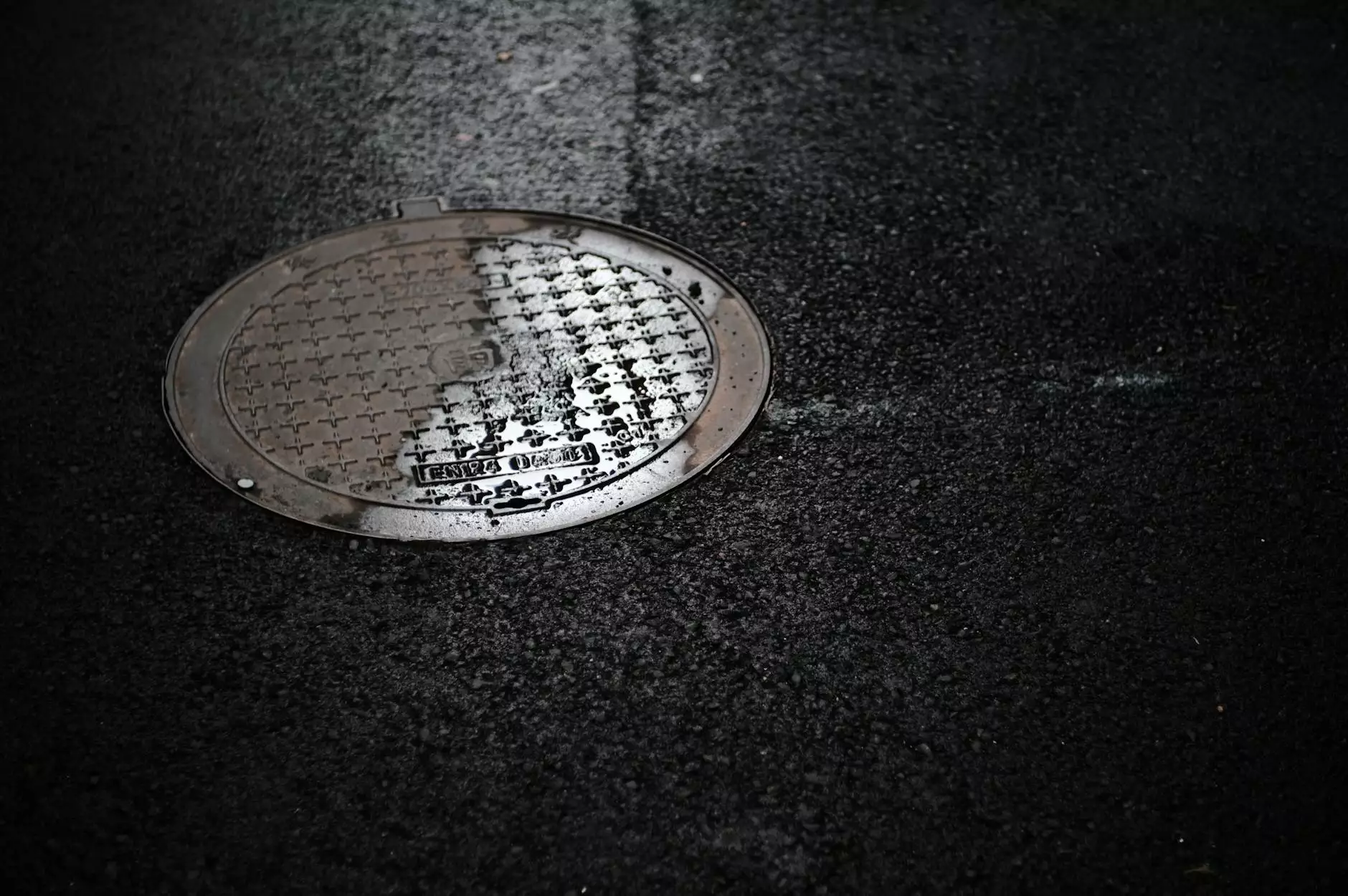Understanding the Parts of a Manual Transmission Car

Manual transmission cars offer a unique driving experience that is cherished by enthusiasts around the world. Unlike their automatic counterparts, these vehicles require the driver to engage and disengage the gears manually, which can result in greater control and connection with the car. In this comprehensive guide, we will delve into the various parts of a manual transmission car and elucidate their functions, importance, and maintenance.
What is a Manual Transmission?
A manual transmission, often referred to as a stick shift, utilizes a driver-operated clutch and gear mechanism to select and engage different gears. This contrasts with automatic transmissions, where the vehicle's computer controls gear shifts without driver input. The key components of a manual transmission work in harmony to provide a responsive and engaging driving experience.
Key Components of a Manual Transmission
Let's break down the essential parts of a manual transmission car into manageable segments:
- Clutch: The clutch is a critical component that engages and disengages the engine from the transmission. By pressing the clutch pedal, the driver separates the engine's power from the transmission, allowing for smooth gear changes.
- Gearbox: The gearbox houses the various gears that enable the vehicle to change speed and torque. It comprises multiple gear sets suited for different driving conditions.
- Shift Forks: These components engage the gears within the gearbox, guiding them into and out of position as the driver's hand moves the gear shift lever.
- Input Shaft: This shaft transfers power from the engine into the transmission and is an essential player in the gear-changing process.
- Output Shaft: After the gears have done their work, the output shaft delivers the power to the wheels, allowing the car to move.
- Synchronizers: Synchronizers help match the speed of the gears for smoother engagement, preventing grinding and ensuring seamless transitions during gear shifts.
- Flywheel: The flywheel is attached to the engine and serves to store rotational energy. It plays a crucial role in the engine's performance, providing a stable platform for the clutch operation.
- Gear Shift Lever: This is the lever the driver manually engages to select different gears, providing a direct connection to the vehicle's transmission.
The Role of Each Component
1. Clutch
The clutch is operated through a manual pedal mechanism. When the driver presses the clutch pedal, it disengages the engine from the transmission. This action is essential for changing gears without causing damage to the transmission. Understanding how to use the clutch effectively is key to mastering manual driving.
2. Gearbox
The gearbox contains multiple gear ratios, each designed for specific speed and torque requirements. Proper selection of gears allows the driver to optimize performance, whether accelerating, cruising, or climbing hills. The arrangement of gears can vary significantly between vehicle models, affecting driving dynamics.
3. Shift Forks
Shift forks are crucial in the process of selecting gears. When the driver moves the gear shift lever, the shift fork engages the corresponding gear within the gearbox. This mechanism must be reliable and precision-engineered to ensure smooth transitions between gears.
4. Input Shaft
The input shaft connects directly to the engine, receiving power and transmitting it into the gearbox. It is vital for transferring energy effectively, making its integrity essential for performance and durability.
5. Output Shaft
Once the gearbox has altered the power, the output shaft sends it to the wheels. This component must withstand high levels of torque and speed, making it a critical player in the overall transmission function.
6. Synchronizers
Mechanisms designed as synchronizers allow the gears to match speed during engagement. They enable smoother gear transitions that help to prevent damage to the transmission and enhance the driving experience. Without synchronizers, shifting would be significantly more difficult and damaging.
7. Flywheel
The flywheel acts as a reservoir of energy, allowing for smoother operation of the clutch. A well-functioning flywheel can significantly influence a vehicle's performance and can enhance the overall driving experience in a manual transmission car.
8. Gear Shift Lever
The tactile feedback from the gear shift lever is a key feature of manual transmission vehicles. Drivers can feel when gears are successfully engaged, contributing to a more connected driving experience.
Benefits of Driving a Manual Transmission Car
Driving a manual transmission car comes with several benefits that appeal to car enthusiasts and drivers alike:
- Improved Control: Manual transmissions provide a higher level of control over gear selection, allowing drivers to respond effectively to road conditions.
- Enhanced Performance: Many performance vehicles utilize manual transmissions for their ability to deliver power more efficiently during acceleration.
- Fuel Efficiency: In certain situations, manual transmissions can offer better fuel economy compared to automatics, especially in smaller vehicles.
- Driving Experience: The engagement and skill involved in operating a manual transmission can make driving more enjoyable for many enthusiasts.
- Lower Maintenance Costs: Manual transmissions typically have fewer components than automatic ones, which can lead to lower maintenance costs over time.
Challenges and Considerations
Despite the many advantages of manual transmission vehicles, there are still challenges and considerations to keep in mind:
- Learning Curve: For new drivers, mastering a manual transmission can be challenging and requires practice.
- Traffic Situations: Driving a manual in heavy traffic can be cumbersome, as frequent gear changes are necessary.
- Market Availability: The availability of manual transmission options has decreased in many regions as automatics have become more common.
Maintaining Your Manual Transmission
To ensure your manual transmission operates smoothly and lasts longer, consider the following maintenance tips:
- Regular Fluid Changes: The fluid in your manual transmission serves to lubricate and cool the components. Regularly changing this fluid is crucial for performance.
- Inspect the Clutch: Keep an eye on the condition of the clutch. Signs of wear or slippage indicate that it may need to be replaced.
- Pay Attention to Gear Shifting: If you notice grinding or difficulty in shifting gears, it could indicate an issue with the synchronizers or other components.
- Check for Leaks: Inspect under the vehicle for any signs of leaking transmission fluid, as this can indicate a problem that needs addressing.
- Consult Professionals: If in doubt, consult with a qualified mechanic who is experienced with manual transmissions for proper upkeep.
Conclusion
Understanding the parts of a manual transmission car is essential for any enthusiast or owner. From the clutch to the gearbox and beyond, each component plays a vital role in how the vehicle operates. By appreciating these elements and maintaining them properly, drivers can enjoy a thrilling and engaged driving experience.
Shenghai Auto Parts provides quality parts for manual transmission vehicles to help maintain the integrity and performance of your car. Explore our extensive selection of automotive parts and ensure your vehicle is always road-ready.



